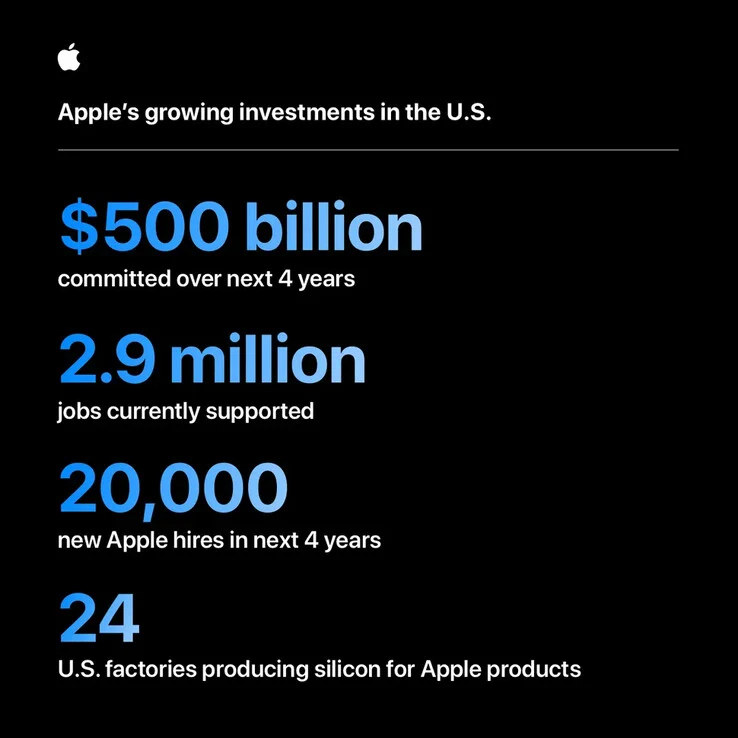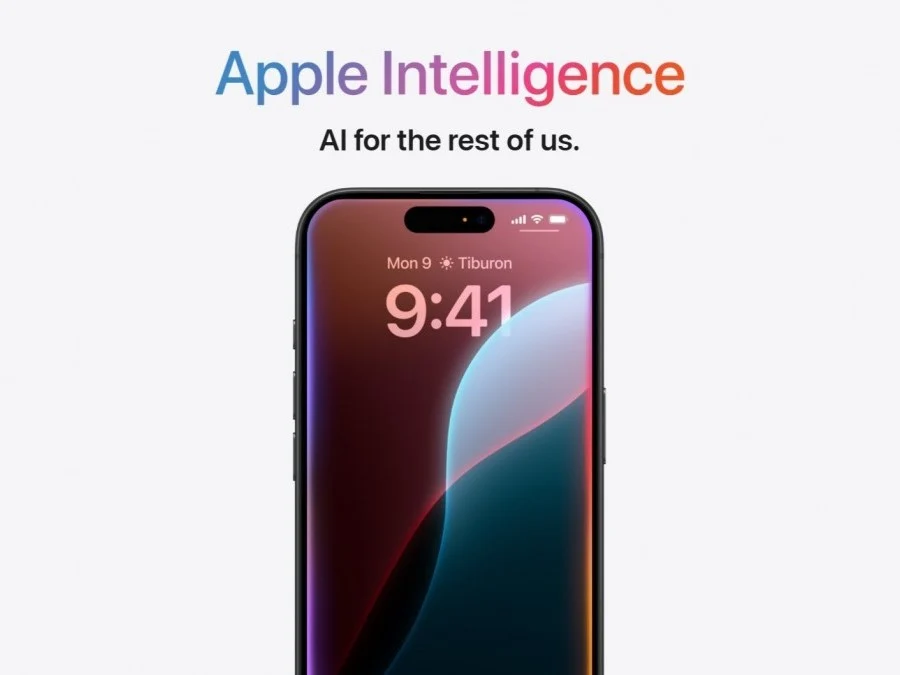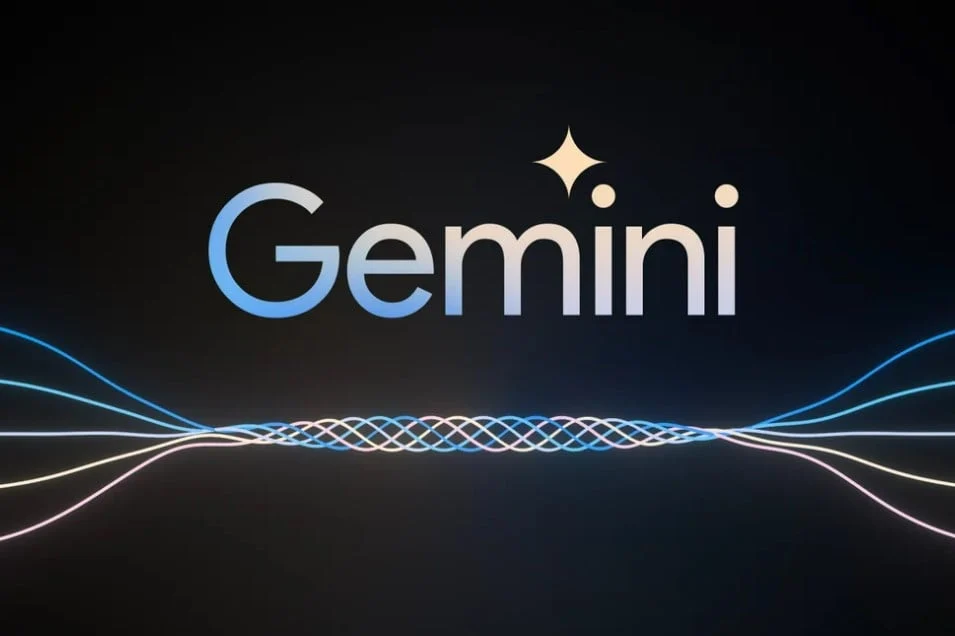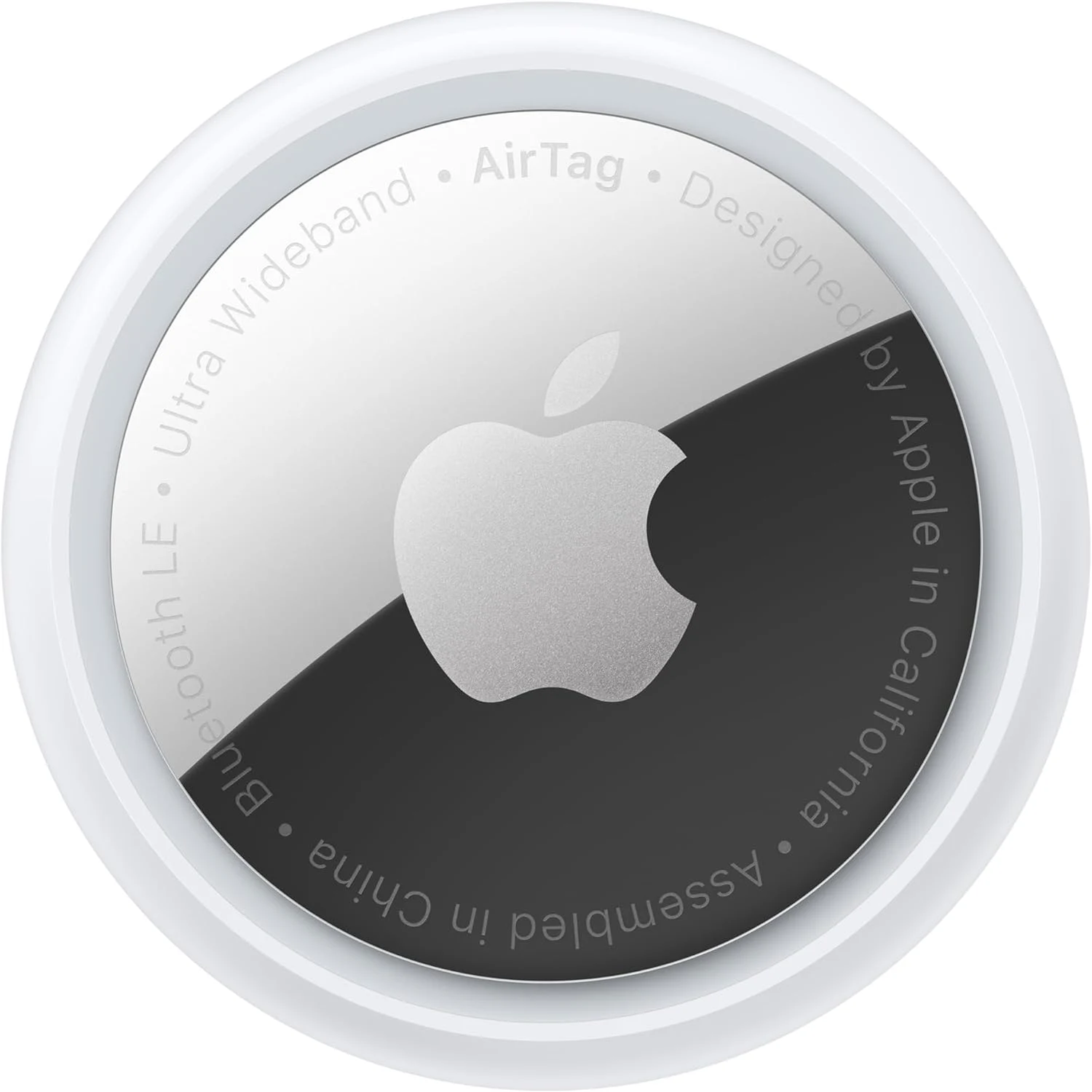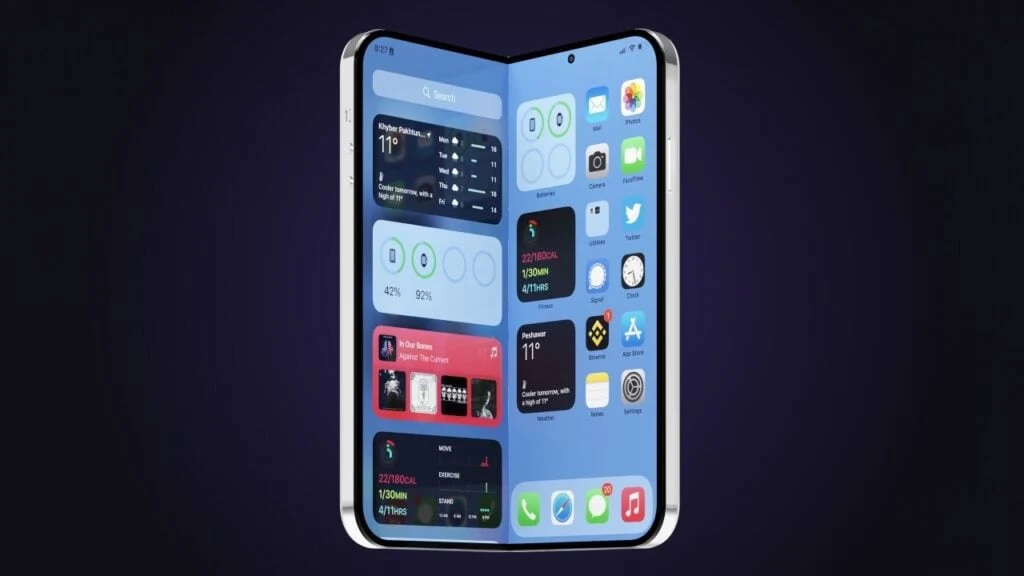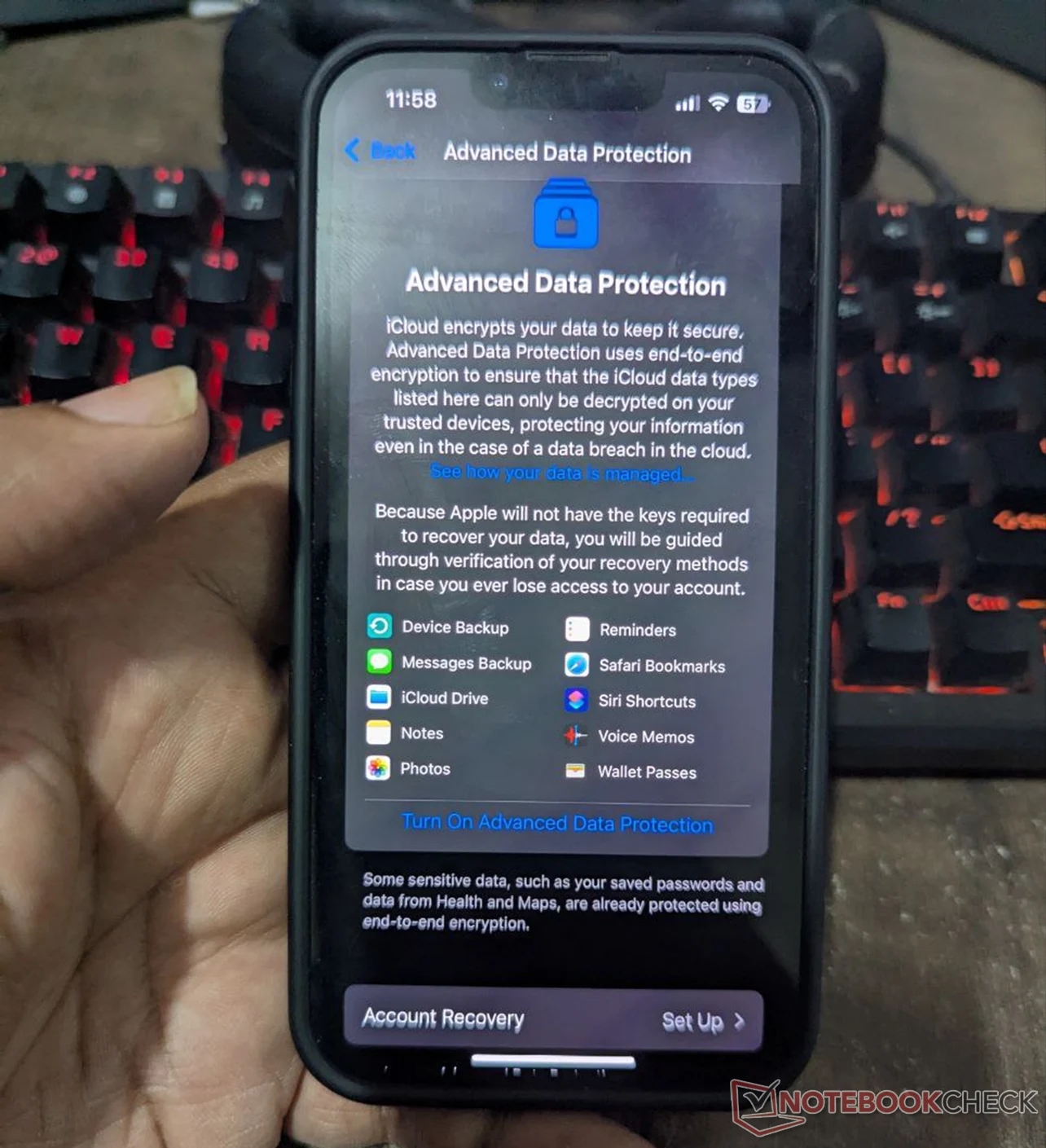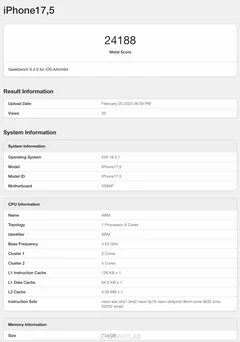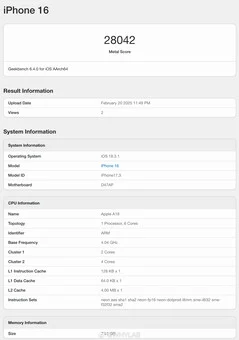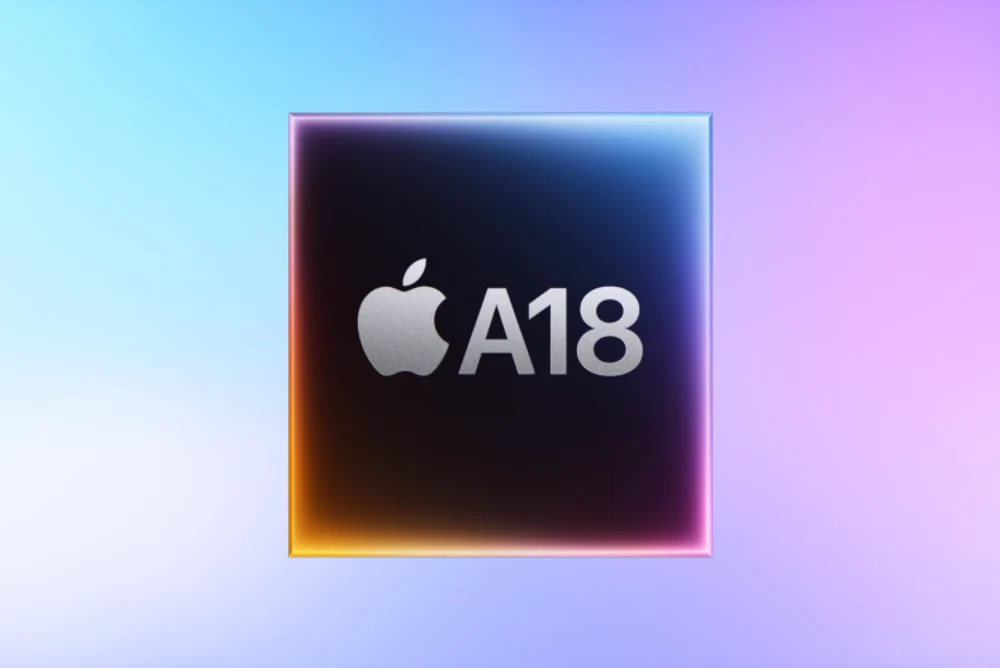Key Takeaways
1. Apple plans to invest over $500 billion in the US over the next four years, including a new server manufacturing facility in Houston.
2. The company is doubling its US Advanced Manufacturing Fund to $10 billion and launching a skills academy in Michigan to boost manufacturing skills.
3. Apple will collaborate with thousands of suppliers nationwide, creating direct jobs and infrastructure for its Apple Intelligence systems and data centers.
4. The new Houston server plant will be crucial for Apple Intelligence and is expected to create thousands of local jobs by 2026.
5. Apple aims to add around 20,000 new positions focused on research, development, and advanced technologies over the next four years.
Apple has just revealed an unprecedented investment strategy, planning to pour over $500 billion into the US within the next four years. This initiative encompasses the establishment of a server manufacturing facility in Houston, aimed at powering its Apple Intelligence systems. Additionally, Apple is doubling its US Advanced Manufacturing Fund to $10 billion and will be initiating a skills academy in Michigan to enhance manufacturing skills.
Collaborations and Job Creation
In this ambitious plan, Apple intends to collaborate with thousands of suppliers across all 50 states. This effort will create direct employment opportunities, strengthen the infrastructure for Apple Intelligence, and develop data centers. Furthermore, it includes building corporate hubs and supporting Apple TV+ productions in 20 different states. Currently, Apple supports more than 2.9 million jobs in the US through direct employment, partnerships with American suppliers and manufacturers, and roles for iOS app developers.
New Server Plant in Houston
The new server facility in Houston, which will cover 250,000 square feet and is set to begin operations in 2026, is anticipated to generate thousands of jobs in the area. These servers, previously manufactured overseas, will now be essential for Apple Intelligence and will lay the groundwork for what’s being referred to as Private Cloud Compute, a system that integrates AI processing with high-level security for cloud services.
Investment in Advanced Manufacturing
As part of its enhancement to the US Advanced Manufacturing Fund, Apple is making a significant multibillion-dollar investment in advanced silicon production at TSMC’s Fab 21 in Arizona, where it stands as the largest client. Notably, mass production of Apple chips commenced just last month at this state-of-the-art facility, which already has over 2,000 workers on its payroll.
Future Hiring Plans
Looking forward, Apple aims to add approximately 20,000 new positions over the next four years, primarily in research and development, silicon engineering, software development, as well as AI and machine learning. The company has nearly doubled its investment in advanced R&D in the US over the past five years and is keen to maintain this growth.
All of this is happening amid potential tariff challenges, as the upcoming Trump administration signals a crackdown on Chinese imports. Recently, Apple CEO Tim Cook had a meeting with President-elect Trump, who suggested that Apple might withdraw from Mexico and increase its investments in the US. Meanwhile, the administration is considering a potential 25 percent tariff on chips and has already introduced a 10 percent tariff on goods from China.
Source:
Link
